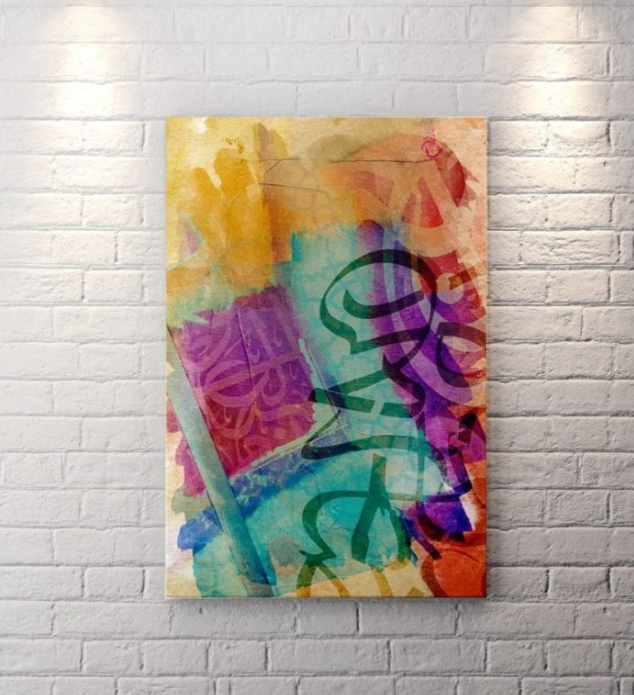Trending News

How To Choose A Ballet Barre
Ballet barre exercising is considered to be a beneficial form of exercise that goes beyond ballet. Pilates, martial arts and fitness all use ballet barres for isometric exercising that works on long muscle tension. This is why ballet barres have become extremely popular and are now found in a lot of gyms, studios, and homes.
As with any piece of equipment, even the most basic barre, which is essentially a rod of wood that extends over a distance and set at a specific height, has certain structural demands. Barres need to fit their users, and therefore, the dimensions and designs of the barre have expanded over the years, where once a barre was simply a wall-mounted wood rod, today you get portable barres in different colors made from different materials.
Choosing a ballet barre is not a hard or complicated process, there are mainly only four performance factors to include with the price, and when you compare them with the price ratio, you end up getting very similar results. Which means that your choice will come down to the small details as well as your budget.

Let’s take a look at the four factors:
Type
There are two types of ballet barres, the standard fixed type which most of us recognize. The fixed barre is a rod of wood attached into place by brackets onto a wall. The second type is portable models that come in a variety of dimensions and materials.
The choice of type is based on your specific needs, are you placing the barre in a fixed location such as a studio or gym, or even in a home. Or are you using it occasionally, frequently, but in different places, or due to space, need to store it when not in use?
The difference between the two is that the portable barre can be transported and moved, while the fixed on is set in place against a wall.
The other difference between the types includes an upper and lower barre model, which provides two beams rather than one.

Size
The overall dimensions of a barre are static. The barre is usually between 1.5″ to 2″ in diameter, and the length varies upon application where the standard lengths are 1.5m to 2m. Portable barres typically come in different lengths based on the fabricator, where some barres are homemade.
The height of the barre is the only critical factor, and it must conform to the user’s frame, where young users require a lower barre, and older ones a higher barre. As such, here is the method for measuring the barre’s height:
* Level with your elbow
* At arm’s length, without raising your shoulder
* Level with where your hands are in the second position
* Between the hip and the waist
In actual measurement terms, there is a lot of confusion since different national standards point to different heights. However, when concentrating on the USA, in the UK and the USA, the One Dance UK and CEDFA state that the height of the upper barre should be between 90cm. and 1.2m. Also, in the instance that you purchase a two barre model, the height of the lower barre should be between 77 – 83 cm.

Materials
The traditionalists go with wood, which is a warm natural material and are usually treated and lacquered against warping. The most common woods used in barres are Beech, Douglas Fir, Oak, and in some rare cases Walnut. Most fixed barres are made from wood.
The other option is aluminum, this is a lightweight material, although cold to the touch, its usually found on portable models, but is finding its way into studios too for a sleek modern look.
When buying aluminum, always make sure the ends are capped, this provides two performance upgrades, it prevents accidents from brushing with an open cut side, and the other is it prevents insects from hibernating and collecting in the barre.
Brackets
All fixed barres require brackets, and these come in many formats. Materials, sizes, and finishes are abundant, and the choice is personal. Most brackets will either be made of a cast iron or cast aluminum, machined and coated. The aluminum coating will either be anodized or painted, and cast iron will always be painted.
The brackets themselves are not alone, they come with specific fixings, and these can be standard wall fixings that are non-descript, or come in various designs and colors, adding an additional dimension to the presence of the barre.

Colors
Most fixed ballet barres come in similar color options, where wood is left with a natural finish, and the brackets and fixtures are colored to match the room they are fixed in. The portable models have more versatility, and you can find any assortment and combination of materials and colors, ranging from all aluminum to all pink, yellow, black or any combination of color. However, there are unlimited coating options for barres, and today the old standard barres are mostly found in professional studios and dance schools, while the colored ones are found at home or in non-ballet use.

Conclusions
As you can see, there is not much room for diversity, and ballet barres are the simplest of exercise equipment around — a long rod of wood or aluminum attached to a wall or in a frame. Either with two barres or one, they are easy to assemble and easy to use. Price is the final factor, and that is budget specific. However, consider this, since barres are simple, do you need to splash out on an over expensive model, when a simple one will give you the same level of performance and structural integrity?
I recommend you look for a standard ballet barre, for a fixed one just match it to your wall and interior design, and for a portable one, go for a solid standing model that can support your body weight.
Copyright © 2025 WyattScott. All Right Reserved.



.png)






